PML-N to sweep 2018 elections: The Economist
PTI made major strides in the last general election, but public opinion was turning
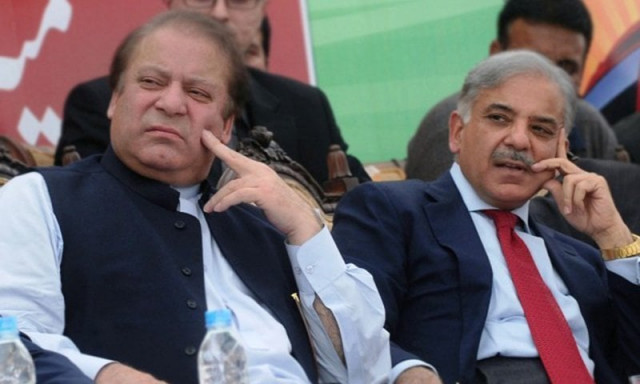
PHOTO: ONLINE
The report said that PML-N would win the elections as it was buoyed by infrastructure investments and fairly smooth economic trajectory. And the ruling party also enjoys the advantages of incumbency.
However, The Economist observed that the business environment will remain difficult and reform will progress slowly, but the economy will respond to relative stability and maintain healthy growth.
According to the report, the rupee is due a depreciation, but this will be delayed until after the election. Country’s GDP growth is 5.5 percent, GDP per head is $1,661, Inflation is 3.8 percent, budget balance is -4.6 percent of the GDP and population of the country is 200.8 million .
How international media covered Nawaz Sharif's disqualification
In the National Assembly, PML-N holds 189 seats, 55% of the total 342, while the opposition Pakistan Peoples Party (PPP), co-led by Bilawal Bhutto Zardari, son of former Prime Minister Benazir Bhutto, holds 47 seats. The Pakistan Tehreek-e-Insaf (PTI), led by Imran Khan, holds 33.
PPP won the 2008 general elections after leader Benazir Bhutto was gunned down during the campaign, but lost steam due to political failures. The party was working to regain power under the leadership of Bilawal and Asif Ali Zardari, but that would require increased support in its own stronghold in Sindh, as well as making inroads in Punjab, the PML-N heartland that was home to more than half the country’s population.
PTI made major strides in the last general election, but public opinion was turning. As one Pakistani businessman put it, “They lost people’s support due to agitation politics, including months long sit-in at the parliament.”
Highlighting the government’s strong performance in economy, the Journal said Pakistan had recently witnessed significant improvements in its infrastructure and energy sectors, helped in part by the downward trend in oil prices.
In August 2017, the country completed the International Monetary Fund’s Extended Fund Facility programme, which provided $6.4 billion in financial aid over three years on condition the country undertakes certain reforms, including fiscal austerity and privatisation measures. Macroeconomic indexes were up across the board, and relations with the US and the wider international community had improved.
It said the public order, which had long plagued the entire country, was normalising thanks to the military’s anti-terrorism campaign.
Although it could only be described as reaching the halfway point in its efforts to promote exports and manufacturing, reform the tax cod and privatise state-run companies, Pakistan’s recovery was undoubtedly gathering pace.
For fiscal year 2017, the country was confidently projecting growth above 5%. The consumer price index, which for a time saw double-digit annual growth, fell to 2.9% on average in fiscal 2016. The government’s annual deficit had fallen from 8.2% in fiscal 2013 to 4.6% of GDP.
Under Nawaz Sharif, Asian Review said, the ruling PML-N had
focused on building infrastructure and public transportation systems. It had also made certain progress, mainly in its stronghold of Punjab, developing agricultural areas and addressing unemployment. The centerpiece of its political campaign was the China Pakistan Economic Corridor project, a comprehensive infrastructure programme relying on financial help from China.
‘Dar misled Nawaz Sharif on economic issues’
Investment in CPEC projects totals $51 billion, mainly for the building of power plants, but also encompassing roads, ports, railroads and airports, and offers hope of spurring industry nationwide.
“There’s a significant improvement both on the economic and security sides. Democracy is also taking roots,” said Arif Habib, CEO of leading conglomerate Arif Habib group, when asked about the performance of the Sharif administration. “The media is free, and the judiciary system is also improving,” he added.
Abdul Aleem, secretary-general of the Overseas Investors Chamber of Commerce and Industry, comprising 195 foreign companies and other organisations, said, “The government is very strong,” although “commodity prices, especially oil, are the biggest risk.”
Efforts to privatise Pakistan International Airlines and the essentially bankrupt Pakistan Steel Mills are also deadlocked. In the second half of 2017, Pakistan moved into the election campaign season, it became difficult to cut spending, not only on infrastructure but on development in rural areas, health care and education. One senior foreign diplomat in Pakistan said, “It can only keep on running on
this force until the 2018 general election.”
The original article appeared on Associated Press Pakistan (APP)

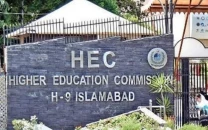



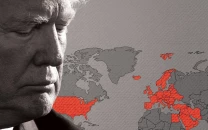
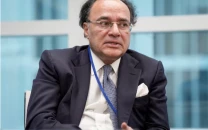


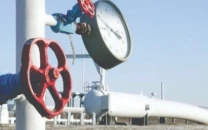









COMMENTS
Comments are moderated and generally will be posted if they are on-topic and not abusive.
For more information, please see our Comments FAQ